Roof Repairs, Replacement and More
Expert Roofing Services in Washington
Claim Free Gutters* on all qualified Roof Repairs or Replacement
*up to 200 linear feet.
Tristate Roofing - Premier Roofers in Washington State
We Got You Covered®
Proudly Keeping The Community Covered Since 2004
Our innovative products and award-winning contractors make exterior remodeling a hassle-free process.
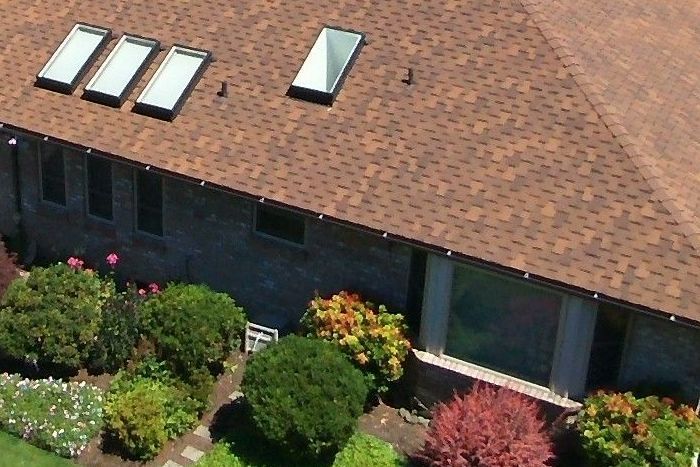
Besides being a major investment, roof installation is difficult and time-consuming, so why not leave it to the professionals at Tristate Roofing?
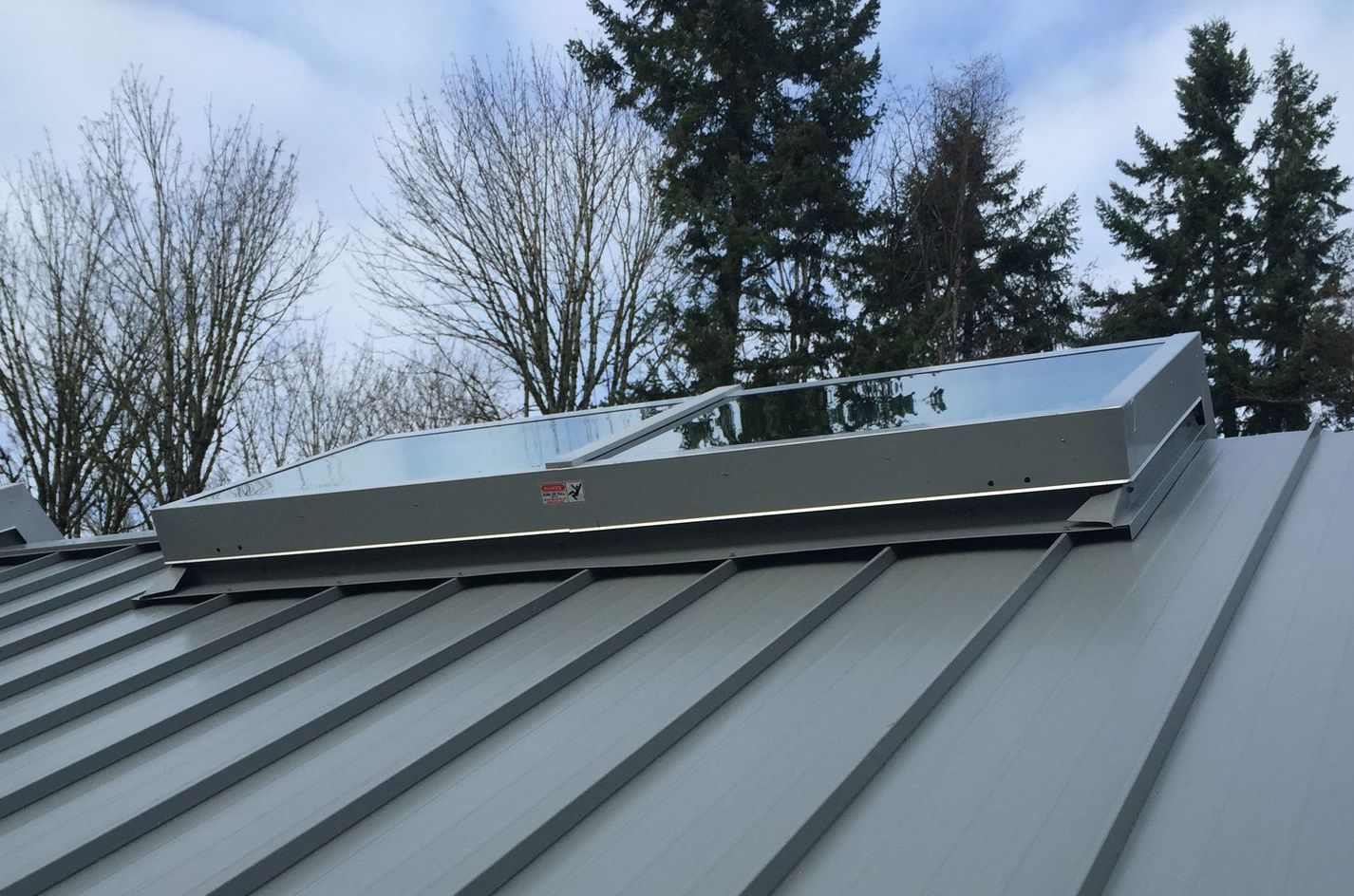
This premium roof material is known for its incomparable fire, impact, hail, and wind resistance, and it often offers a longer expected lifespan than most other materials.
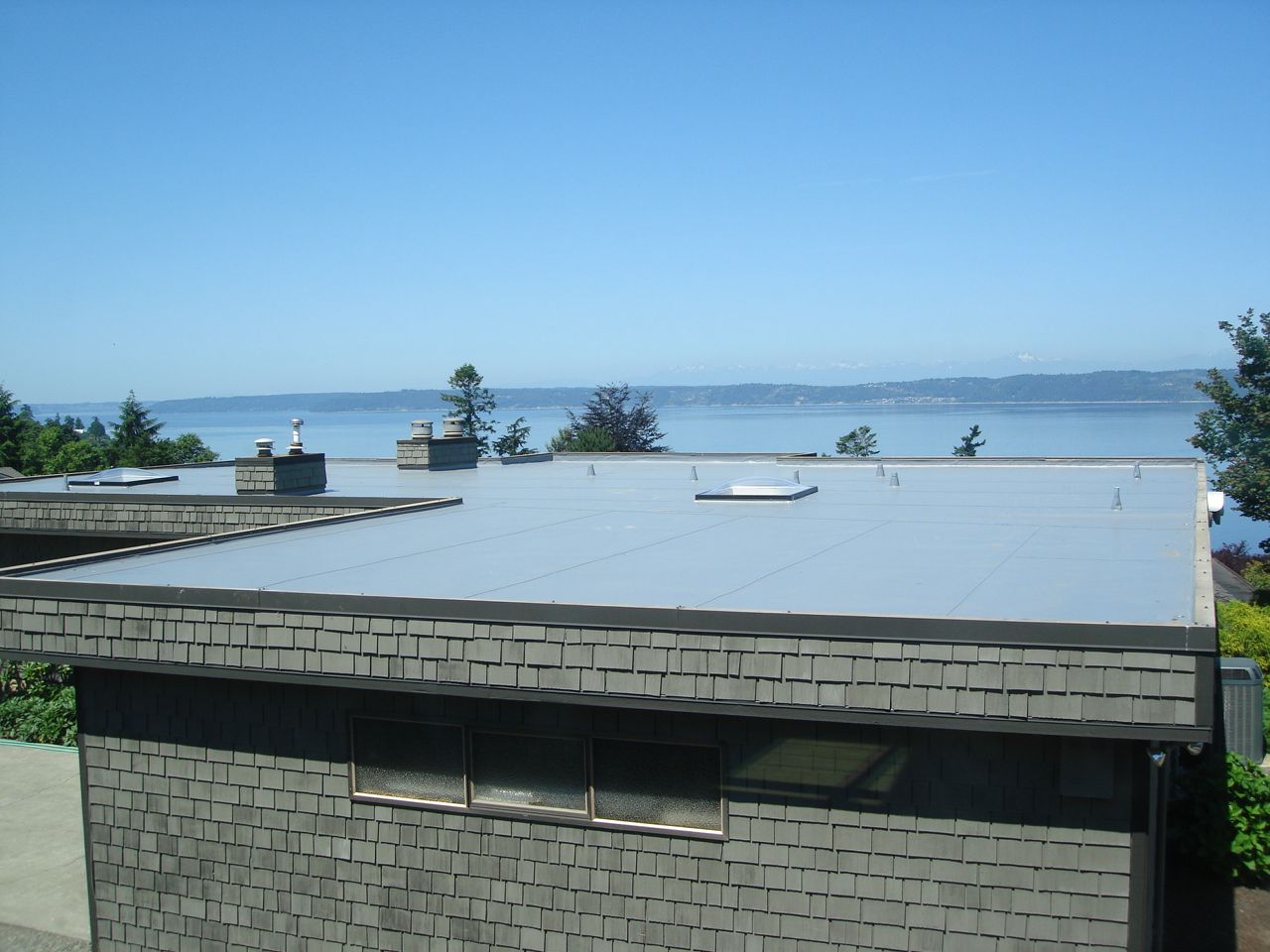
No matter the material you’re looking for on your flat roof, Tristate’s trained employee installers are willing and able to deliver the finest installation for your flat roof.
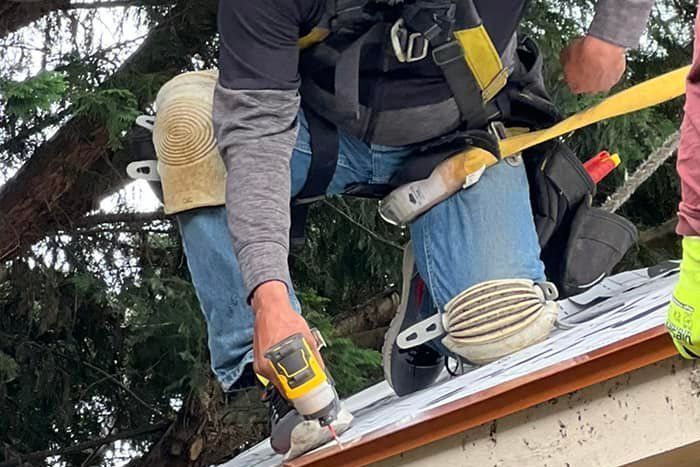
If you are dealing with water leaks, rotting, or have concerns about the overall integrity of your roofing system, you need expert assistance fast to prevent a small issue from becoming a much larger problem.
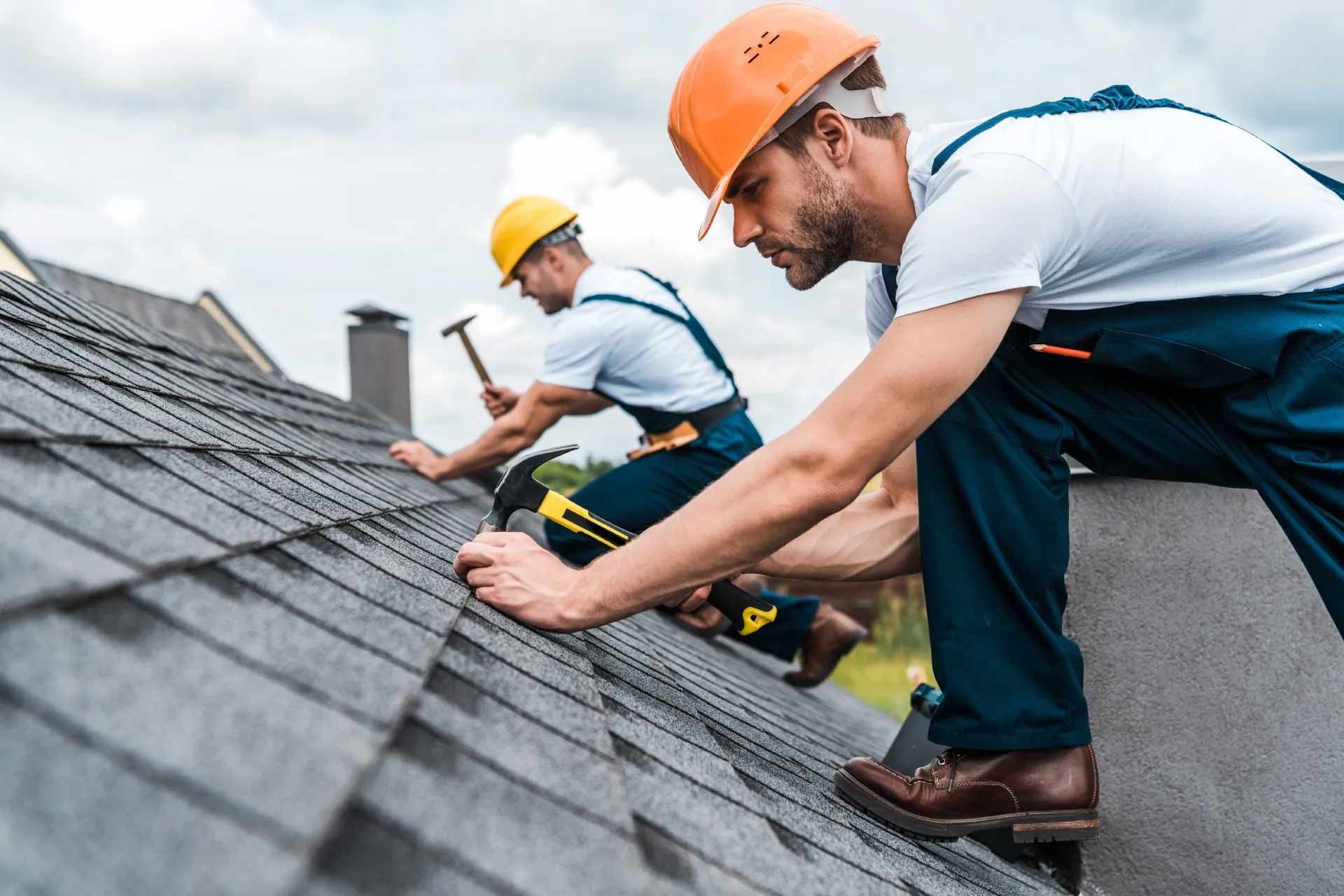
When it’s time to undertake a major home improvement like a roof replacement, you deserve a straightforward guarantee that your investment will be worth it—and that’s exactly what Tristate Roofing provides.
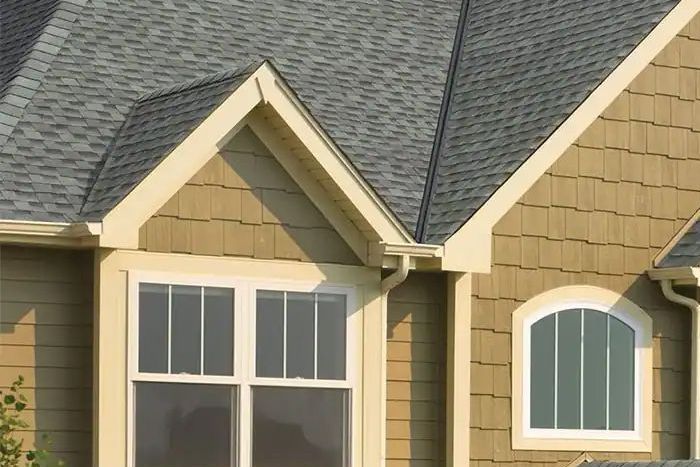
When installing a new roof, quality counts. That’s why the team at Tristate Roofing only uses shingles from top-rated manufacturers with a solid reputation for exceptional quality.
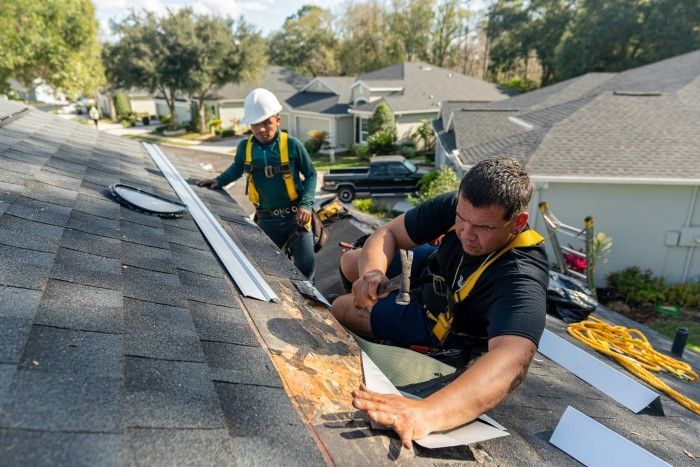
At Tristate Roofing, we understand the significance and value of working with a reputable and professional roofing contractor, and we’ve taken every precaution to guarantee long-lasting roof installations.
Hear what customers have to say about TriState
"Our experience with Tristate Roofing couldn't have been better. The salesman went above and beyond to patiently answer what had to have seemed like seemingly endless questions. The crew themselves were very nice, and didn't leave each day until they had completely cleaned up around the perimeter of our house. The roof looks great! We would definitely recommend Tristate to anyone needing a roof replacement."
Cyd H
Roofing FAQs
Have Roofing Questions?
Find the Answers in our Roofing FAQ
-
How much does a new roof cost?
The cost of a new roof can vary significantly depending on several factors, including the size and complexity of the roof, the materials used, the location, and the contractor you hire. Additionally, regional factors such as labor costs, material availability, and local building codes can also influence the overall cost. Cost is an important consideration for any homeowner that needs to invest in a roof replacement, but it shouldn’t be the only reason for choosing a roofing contractor. At Tristate we will consider factors such as the roof's condition, the need for any repairs or additional work, and any unique features of your home that may affect the installation process. We will also offer you some of the best warranties in the business.
-
How long can I expect my new roof system to last?
The lifespan of a roof can vary depending on several factors, including the type of roofing material used, the quality of installation, the climate, and the level of maintenance and care given to the roof. Regular inspections, maintenance, and prompt repairs can help extend the lifespan of your roof. It's always a good idea to consult with a professional roofing contractor, like Tristate Roofing, who can assess your specific situation and provide more accurate information based on your roofing material and local conditions.
-
How can I determine my annual roofing cost?
To determine your annual roofing cost, you need to consider various factors, including initial installation or replacement costs, ongoing maintenance expenses, and potential repair or replacement costs over time. Here's a breakdown of the key elements to consider:
- Installation/Replacement Cost: Calculate the total cost of installing a new roof or replacing your existing roof. This will depend on factors such as the size of your roof, the type of roofing material, the complexity of the roof design, and labor costs in your area. Obtain quotes from reputable roofing contractors to get an accurate estimate.
- Maintenance Expenses: Regular maintenance is crucial to extend the lifespan of your roof and prevent major issues. Consider costs such as annual roof inspections, gutter cleaning, removing debris, and addressing minor repairs. While these costs can vary, a general guideline is to allocate around 1% to 3% of the installation cost annually for maintenance.
- Repair Costs: Over time, your roof may require repairs due to damage from storms, leaks, or general wear and tear. The frequency and extent of repairs can vary greatly depending on the age of the roof, the quality of materials, and external factors. It's challenging to predict exact repair costs but setting aside a small contingency fund annually (around 0.5% to 1% of the installation cost) can help cover unexpected repairs.
- Roof Replacement Cycle: Consider the average lifespan of your roofing material. Divide the total installation or replacement cost by the estimated lifespan (in years) to determine the annualized cost of your roof. For example, if your roof cost $10,000 to install, and it is expected to last 20 years, your annualized cost would be $500.
By factoring in these elements, you can estimate your annual roofing cost. Keep in mind that this is a general guideline, and costs can vary based on individual circumstances. It's always beneficial to consult with roofing professionals who can provide more accurate estimates based on your specific situation.
-
How do I choose the right roofing contractor?
Choosing the right roofing contractor is essential to ensure quality workmanship, timely completion, and overall satisfaction with your roofing project. Here are some tips to help you choose the right roofing contractor:
- Research and Gather Recommendations: Start by researching local roofing contractors in your area. Seek recommendations from friends, family, neighbors, or colleagues who have recently had their roofs repaired or replaced. Online review platforms and industry associations can also provide valuable insights and recommendations.
- Check Credentials: Verify that the roofing contractor is licensed, insured, and bonded. In the State of Washington you can utilize this link to verify a contractor with the Department of Labor and Industries by simply CLICKING HERE.
- Experience and Expertise: Look for contractors with a solid track record and extensive experience in the roofing industry. A contractor with years of experience is more likely to have the knowledge and skills necessary to handle your roofing project effectively.
- Portfolio and References: Ask the contractor for a portfolio of their previous work. This will give you an idea of their capabilities and the quality of their craftsmanship. Additionally, request references from past clients and take the time to contact them to inquire about their experiences with the contractor.
- Written Estimates and Contracts: Obtain detailed written estimates from multiple contractors. The estimates should include a breakdown of costs, materials to be used, project timeline, and any warranties offered. Compare the estimates and ensure that all the necessary details are covered in the contract before signing.
- Communication and Professionalism: Assess the contractor's communication skills and professionalism. A reliable contractor should be responsive, willing to answer your questions, and provide clear explanations about the project. They should also be punctual, respectful, and maintain open lines of communication throughout the process.
- Warranty and After-Sales Support: Inquire about the warranty offered by the contractor on both the materials and the installation. A reputable contractor should stand behind their work and offer warranties that provide adequate coverage. Additionally, clarify any after-sales support or maintenance services they provide.
- Get Multiple Bids: It's advisable to obtain bids from at least three different contractors to compare prices, services, and overall value. However, keep in mind that the lowest bid may not always be the best option. Consider the contractor's reputation, experience, and the quality of materials offered.
By following these guidelines and conducting thorough research, you can select a roofing contractor who meets your specific requirements and ensures a successful roofing project.
-
How long does it take to replace a roof?
The duration of a roof replacement project can vary depending on several factors, including the size and complexity of the roof, the weather conditions, the availability of materials, and the efficiency of the roofing contractor and crew. However, on average, a typical roof replacement can take anywhere from a few days to a few weeks. Here's a general timeline to provide you with an idea:
- Roof Inspection and Estimate: The initial inspection and estimation process can usually be completed within a day or two, depending on the availability of the roofing contractor and your schedule.
- Material Ordering and Delivery: Once you've chosen a roofing contractor, they will typically order the necessary materials. The delivery time can range from a few days to a couple of weeks, depending on the availability of the specific roofing materials.
- Preparatory Work: Before the actual roof replacement begins, there may be some preparatory work involved, such as removing old shingles, inspecting and repairing the underlying structure, and ensuring the roof is ready for the new installation. The duration of this phase depends on the condition of the existing roof and any necessary repairs.
- Roof Replacement: The actual process of removing the old roof and installing the new one can take anywhere from a few days to a week or more. The duration will depend on factors such as the size and complexity of the roof, the weather conditions, and the size of the roofing crew. Inclement weather can cause delays, as roofing work is typically postponed during rain, snow, or high winds for safety reasons.
- Cleanup and Final Inspection: After the new roof is installed, the roofing crew will clean up the site, remove debris, and ensure everything is in order. A final inspection may be conducted to verify the quality of the installation and address any remaining issues.
It's important to note that this timeline is a general estimate, and the actual duration may vary based on the factors mentioned earlier. It's best to consult with your roofing contractor to get a more accurate timeline based on your specific project details.
-
What type of roof should I put on my house?
The choice of roof type for your house depends on several factors, including your personal preferences, budget, architectural style of the house, local climate, and durability requirements. It's recommended to consult with a professional roofing contractor or an architect who can assess your specific needs, evaluate the architectural style of your house, consider local climate conditions, and provide personalized recommendations for the best roof type for your home. They can help you weigh the pros and cons of each option and make an informed decision.
-
What should I expect on “Roofing Day”?
On the day of your roof replacement, you can expect several activities and a bit of disruption as the roofing crew works on your property. Here's an overview of what you can generally expect on roofing day:
- Arrival of the Crew: The roofing crew will arrive at your property in the morning, typically between 7 am and 8 am, depending on the contractor's schedule and the daylight available for work. They will bring their tools, equipment, and materials needed for the roof replacement.
- Set-Up and Preparation: The crew will set up their equipment and create a designated work area. This may involve placing protective tarps or plywood sheets around the perimeter of your home to protect the landscaping and exterior surfaces from falling debris. They may also park their vehicles and store materials in a convenient location.
- Removal of Old Roofing: The crew will begin by removing the existing roofing material, such as shingles or tiles. This process involves using specialized tools to strip away the old roof layer by layer. They will ensure that the underlying structure is examined for any damage or repairs that may be required.
- Repair and Replacement: If any damaged or rotten sections of the roof deck or underlying structure are discovered, the crew will make necessary repairs or replacements to ensure a solid foundation for the new roof. This step is crucial for the longevity and integrity of the new roof.
- Installation of New Roofing: Once the roof deck is repaired and prepped, the crew will begin installing the new roofing material. They will follow the manufacturer's guidelines and industry best practices for proper installation. This includes layering underlayment, applying flashing around roof penetrations, and installing the chosen roofing material (such as shingles, tiles, or metal panels) in the appropriate pattern.
- Clean-Up: As the installation progresses, the crew will clean up the debris and waste materials generated during the process. They will use tarps or dumpsters to collect and dispose of the old roofing material, nails, and other debris. A magnetic device may be used to pick up any loose nails that may have fallen on the ground.
- Final Inspection and Completion: After the installation is complete, the crew will conduct a final inspection to ensure that the new roof is properly installed and meets the quality standards. They will check for proper alignment, secure fastenings, and clean up any remaining debris or dust.
- Departure of the Crew: Once the project is finished and the final inspection is complete, the roofing crew will clean up their equipment, collect their tools, and depart from your property. They will ensure that everything is left in a satisfactory condition.
During the roofing process, it's important to communicate with the crew and address any concerns or questions you may have. While there will be some disruption and noise during the project, professional roofing contractors strive to minimize inconvenience and complete the work efficiently and effectively.
-
What are the main parts of the roof called?
The main parts of a roof include:
- Roof Deck: The roof deck is the structural base of the roof, typically made of plywood or oriented strand board (OSB). It provides a solid foundation for the other roofing components.
- Underlayment: The underlayment is a waterproof layer that is installed over the roof deck before the final roofing material. It acts as a secondary barrier against water infiltration and helps protect the roof deck from moisture.
- Flashing: Flashing refers to the metal strips or sheets installed in vulnerable areas of the roof to prevent water penetration. It is typically placed around roof penetrations (such as chimneys, vents, and skylights) and along roof edges to redirect water away from critical areas.
- Roofing Material: This is the visible layer of the roof that provides protection from the elements. Common roofing materials include asphalt shingles, metal panels, clay or concrete tiles, wood shakes or shingles, slate, or synthetic materials like rubber or PVC.
- Ridge: The ridge is the highest point of the roof where two roof slopes meet. It is often covered with ridge shingles or ridge vents to allow for proper ventilation.
- Eaves: The eaves are the lower edges of the roof that overhang beyond the walls of the building. They provide protection to the sides of the structure and often have a soffit underneath for ventilation.
- Fascia: The fascia is a horizontal board that is fixed to the end of the roof rafters. It is located at the lower edge of the roof, just behind the eaves. The fascia is typically where gutters are attached.
- Soffit: The soffit is the underside of the eaves, covering the space between the fascia and the exterior wall. It often has vents to allow air circulation into the attic space and helps prevent moisture buildup.
- Gutters and Downspouts: Gutters and downspouts are used to collect rainwater from the roof and direct it away from the building's foundation. They are typically attached to the fascia and carry water to the ground or a drainage system.
- Ventilation: Proper roof ventilation is important to regulate temperature and moisture levels in the attic space. It can include ridge vents, soffit vents, gable vents, or other types of ventilation systems to allow for airflow and prevent condensation.
These are some of the main parts of a roof, each serving a specific purpose in protecting the structure and ensuring its durability and functionality.
-
How can I recognize when my roof has problems?
Recognizing signs of roof problems early on is important to prevent further damage and address issues promptly. Here are some common indicators that your roof may have problems:
- Leaks and Water Stains: Interior water stains on ceilings or walls are a clear sign of a roof leak. If you notice discoloration, dampness, or water dripping from the ceiling during or after rain, it's likely there is a problem with your roof.
- Missing, Damaged, or Curling Shingles: Inspect your roof for any missing, cracked, or curled shingles. Shingles that are damaged or in poor condition can allow water to penetrate the roof and cause leaks.
- Roof Age: Knowing the age of your roof is important as most roofing materials have a limited lifespan. If your roof is nearing or exceeding its expected lifespan, it may be prone to problems and require closer inspection.
- Granule Loss: Check your gutters and downspouts for an accumulation of granules. If you notice excessive granule loss from the shingles, it could indicate that the shingles are deteriorating and nearing the end of their life.
- Damaged Flashing: Flashing is prone to damage over time. Inspect the flashing around chimneys, vents, skylights, and other roof penetrations for signs of rust, corrosion, cracks, or gaps. Damaged flashing can lead to water infiltration and roof leaks.
- Sagging or Uneven Roof: A sagging or uneven roofline can be an indication of structural issues or damage to the roof decking. If you notice any visible dips or sagging in your roof, it's essential to have it inspected by a professional as soon as possible.
- Increased Energy Bills: If your energy bills have suddenly increased, it could be a sign that your roof insulation is compromised or that there are ventilation issues. A poorly insulated or ventilated roof can lead to heat or cold air loss, causing your HVAC system to work harder and increase energy consumption.
- Mold or Mildew Growth: Excessive moisture or inadequate ventilation in the attic can lead to the growth of mold or mildew. Check for any signs of mold or musty odors in your attic or on the underside of the roof.
- Damaged Chimney or Vent Caps: Inspect the chimney and vent caps for any signs of damage, such as cracks, missing caps, or loose connections. Damaged caps can allow water to enter the roof system and cause leaks.
- Loose or Clogged Gutters: Inspect your gutters for any signs of damage, such as sagging, loose connections, or clogs. Improperly functioning gutters can lead to water overflow, which can damage the roof and cause water infiltration.
If you notice any of these signs or suspect that your roof may have problems, it's advisable to contact a professional roofing contractor for a thorough inspection and evaluation. They can assess the condition of your roof and recommend the necessary repairs or maintenance to keep it in good shape.
-
My roof is damaged or has leaks, do I need to get it totally replaced?
If your roof is damaged or has leaks, it does not necessarily mean that you need to get it totally replaced. The extent of the damage and the overall condition of your roof will determine the appropriate course of action. In some cases, repairs may be sufficient to address the issues and extend the lifespan of your roof. However, in other situations, a roof replacement may be necessary. Here are some factors to consider:
- Severity of Damage: Assess the severity and extent of the damage to your roof. If the damage is localized and limited to a specific area, such as a few missing shingles or a small leak, repairs may be adequate to fix the problem.
- Age of the Roof: Consider the age of your roof. If your roof is nearing the end of its expected lifespan, it may be more cost-effective to opt for a roof replacement rather than investing in frequent repairs. This is especially true if the damage is widespread or indicative of overall deterioration.
- Multiple Issues: If your roof has multiple problems, such as widespread leaks, damaged shingles, deteriorated flashing, or structural issues, it may be more practical and cost-effective to replace the entire roof rather than addressing each issue individually.
- Overall Roof Condition: Evaluate the overall condition of your roof. If it is in poor condition, with signs of extensive wear, rot, or structural compromise, a replacement may be the best long-term solution to ensure a durable and reliable roof.
- Future Plans: Consider your future plans for the property. If you plan to stay in the home for an extended period, investing in a roof replacement can provide peace of mind and eliminate the need for frequent repairs. However, if you plan to sell the property soon, a less extensive repair may be sufficient to address immediate issues.
It is recommended to consult with a professional roofing contractor who can assess the specific condition of your roof, provide an accurate diagnosis, and offer appropriate recommendations. They can guide you on whether repairs or a roof replacement is the most suitable solution based on the severity of the damage, the age of the roof, and your individual circumstances.
-
How can I clean moss and algae off my roof?
Cleaning moss and algae off your roof is important for both aesthetic reasons and to maintain the longevity of your roof. Here are some steps to help you clean moss and algae from your roof:
- Safety Precautions: Before you begin, ensure your safety by using proper safety gear, including non-slip shoes, gloves, and safety goggles. Also, consider using a sturdy ladder with proper stability and support.
- Remove Debris: Start by removing any loose debris, such as leaves, twigs, and branches, from your roof. This will make the cleaning process easier and prevent additional organic matter from promoting moss and algae growth.
- Wet the Roof: Using a low-pressure garden hose or a sprayer attachment, wet the roof surface thoroughly. This helps to loosen the moss and algae and makes it easier to remove.
- Apply a Cleaning Solution: There are various cleaning solutions available for removing moss and algae from roofs. One common solution is a mixture of water and oxygen bleach (sodium percarbonate). Follow the manufacturer's instructions for the proper dilution ratio and application method. Apply the cleaning solution to the affected areas, ensuring even coverage.
- Allow Dwell Time: Let the cleaning solution sit on the roof for the recommended dwell time specified by the manufacturer. This allows the solution to penetrate and break down the moss and algae.
- Gently Scrub: Use a soft-bristle brush or a long-handled scrub brush to gently scrub the moss and algae off the roof surface. Be careful not to apply excessive pressure or use abrasive tools that can damage the roofing material.
- Rinse Thoroughly: After scrubbing, thoroughly rinse the roof with water to remove the loosened moss, algae, and cleaning solution. Use a garden hose or a pressure washer set to a low-pressure setting. Ensure that the water flow is directed downward to prevent water from infiltrating under the shingles.
- Preventive Measures: To prevent future moss and algae growth, consider installing zinc or copper strips along the roof ridge. These metals release ions that inhibit the growth of moss and algae. Additionally, ensure proper roof ventilation and trim back overhanging tree branches to minimize shade and reduce moisture on the roof.
It's important to note that if you have a steep or high roof, or if you're uncomfortable with the process, it's best to hire a professional roof cleaning service. They have the expertise, equipment, and safety measures to clean your roof effectively and safely.
-
How can I prevent moss and algae from growing on my roof?
Preventing moss and algae growth on your roof is a proactive approach to maintaining its cleanliness and prolonging its lifespan. Here are some preventive measures you can take:
- Ensure Proper Roof Ventilation: Good ventilation helps to regulate the temperature and moisture levels in your attic and on the roof. It prevents excessive heat buildup and reduces the conditions that promote moss and algae growth. Ensure that your roof has proper ventilation, including soffit vents, ridge vents, or other ventilation systems as recommended for your specific roof design.
- Trim Overhanging Tree Branches: Overhanging tree branches can create shade and retain moisture on your roof, providing an ideal environment for moss and algae to grow. Trim back any branches that are close to or touching your roof to minimize shade and increase airflow.
- Keep Gutters Clean: Clogged gutters can lead to water backup, which can seep under the shingles and create a conducive environment for moss and algae growth. Regularly clean your gutters and downspouts to ensure proper water flow and drainage.
- Install Zinc or Copper Strips: Zinc or copper strips installed along the roof ridge can help prevent moss and algae growth. These metals release ions that inhibit the growth of moss and algae. During rainfall, the water that passes over the strips carries these ions down the roof, helping to keep it clean. Consult a professional to ensure proper installation and placement of these strips.
- Apply Algae-Resistant Roofing Materials: When it's time for a roof replacement, consider choosing roofing materials that are specifically designed to resist algae and moss growth. Some shingles and roofing products have built-in algae-resistant properties that can help prevent or minimize the growth of moss and algae.
- Regular Roof Inspections: Schedule regular roof inspections by a professional to identify and address any early signs of moss or algae growth. Early detection allows for timely cleaning and preventive measures to keep the growth in check before it becomes extensive.
- Promptly Address Roof Repairs: Any damage to your roof, such as missing or damaged shingles, cracked flashing, or leaks, should be repaired promptly. Addressing these issues promptly prevents moisture from seeping into your roof and creating conditions favorable for moss and algae growth.
By following these preventive measures, you can significantly reduce the likelihood of moss and algae growth on your roof. Remember to consult with a professional roofing contractor for specific recommendations based on your roof.
Repair, Restore or Replace Your Damaged Roof

